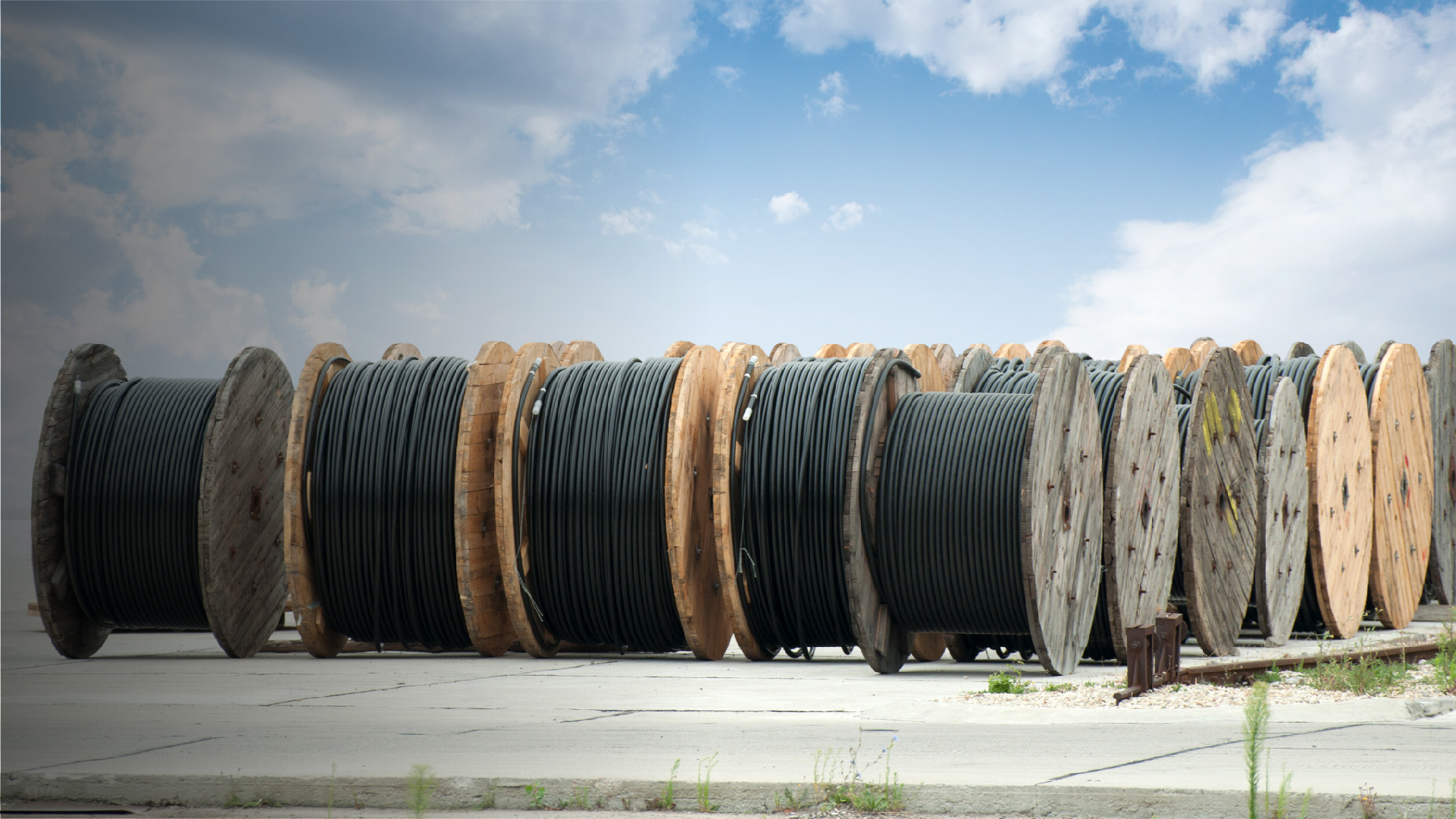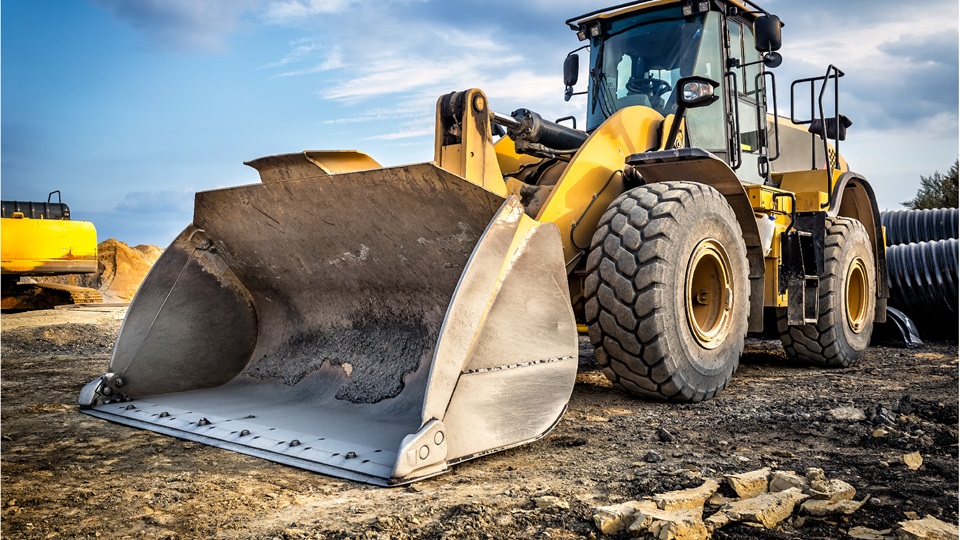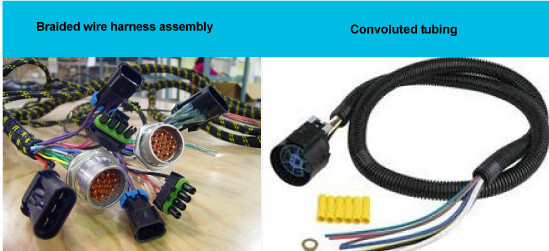
Benefits of braided wire harness assemblies
Expertise and Innovation - Stories by Coats
Spring is an optimal time of year for planting crops and engaging in construction projects. Both utilize large equipment to be successful. One of the main components required in keeping this equipment in excellent operating condition is high quality wire harness assemblies.

Heavy-duty construction and agricultural equipment typically runs 24 hours a day – 7 days a week, operating in different weather conditions and with a great deal of vibration. Wire harnesses are utilized to protect the engine components, helping them to stand-up to these challenges. Traditional wire harness types include convoluted tubing and braided yarns.

Harnesses covered with convoluted tubing are designed for a maximum fill load of 70-80% wire. This leaves 20-30% of the tubing to be free air space, which allows wires to move around with contact equipment vibration. This will eventually reduce the insulation layer of the wires to the point where the conductor becomes exposed causing electrical failure.
Comparatively, wire harnesses protected with a braided technology are designed to last longer by providing tightly bound assemblies, having 100% loading and significantly reducing wire-to-wire movement, reducing insulation wear and deterioration.
In addition to the wire-to-wire movement and insulation wear, there is also a large risk of additional abrasion wear when using convoluted tubing. The free space allows for dirt, stone and other particulates to accumulate through open ends causing additional erosion and deterioration of the wire insulation.
Braided wire harness assemblies are tightly bound preventing abrasive materials from entering and damaging the insulation on the wires. Braided wire harness assemblies also have small openings or holes allowing air and fluids to pass through resulting in no harm to the insulated wires. The breathability of the braided wire harness assemble provides improved heat resistance resulting in longer lifespan.
Conversely, convoluted tubing restricts breathability and allows common engine fluids to accumulate and maintain long-term contact with the wire insulation. This can result in erosion of both the insulation and the tubing. Convoluted tubing is also unable to provide thermal protection, particularly at high and low temperature extremes resulting in embrittlement and failure of the harnesses protective layer.
Lastly, braided wire harness assemblies will have a longer lifespan when compared to those made with convoluted tubing. Harnesses protected by convoluted tubing historically last only 2-4 years versus 10-13 years for harnesses protected with braided wire harness technology.
Coats Aptan XTRU and Gral XTRU products are specifically designed to provide the highest performance, quality and reliability for wire harness protection in the heavy-duty construction and agricultural equipment industry.
